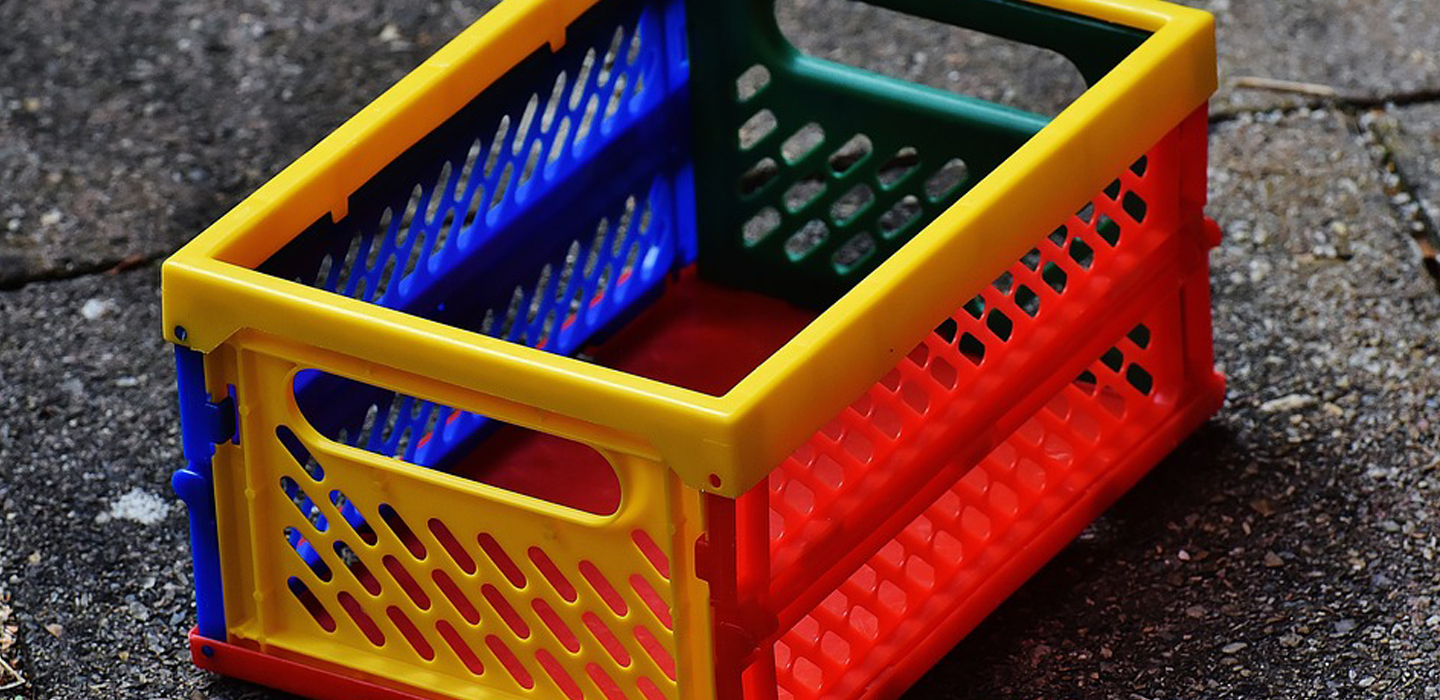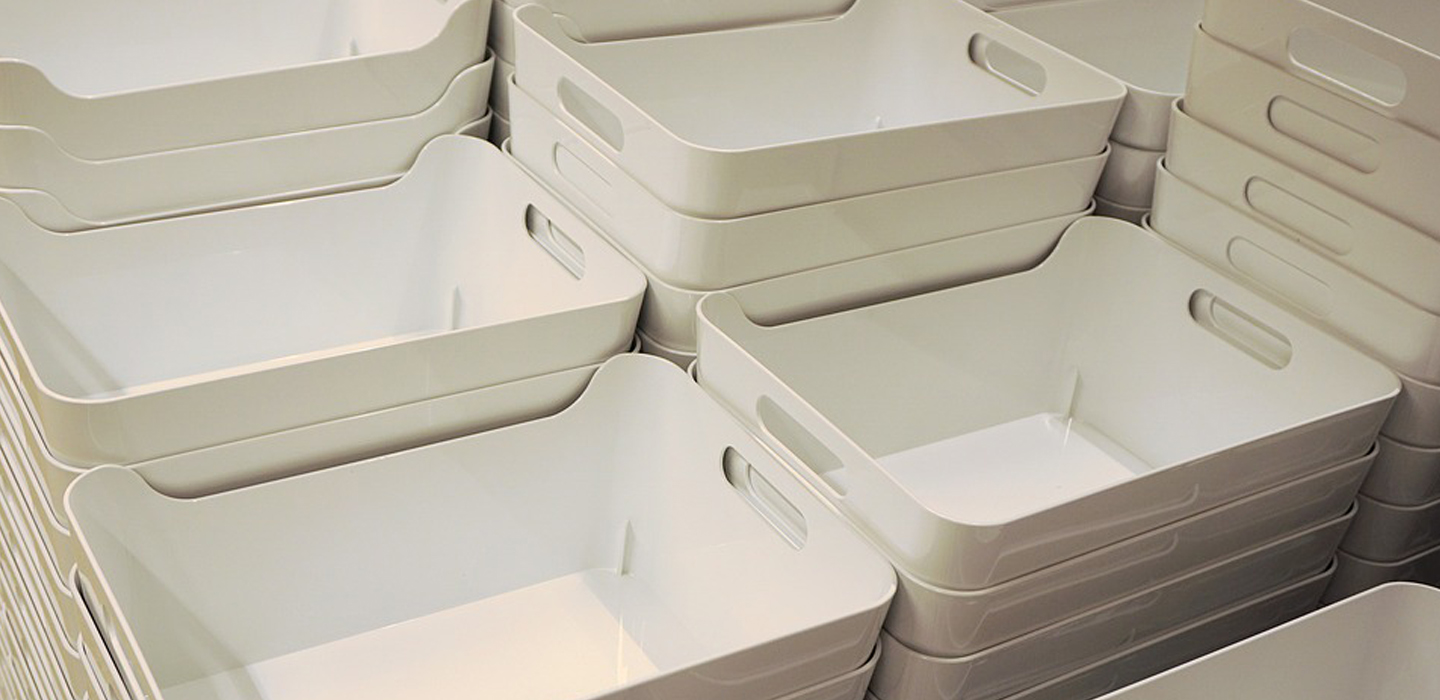Since the middle of the 20th century, plastics have played an increasingly large role in everyday life. Once used merely as a cheap substitute for other materials, plastics have gradually become useful in and of themselves for purposes to which other materials are poorly suited. As much as we use various forms of plastic daily, however, many people do not know much about the history and production process of this incredible material.
Discovery and History of Plastic
The history of modern plastics goes back to the early 20th century, when material scientists sought to perfect a method for synthesizing a simple, durable material that could be used for a wide range of purposes. Much of the early chemical work had already been done earlier in the 19th century, as cellulose nitrate and formaldehyde resins had already been discovered and put into limited use. A major breakthrough, however, occurred in 1907, when Leo Hendrik Baekeland succeeded in developing a cheap and stable method for producing formaldehyde resin. The result was Bakelite, widely regarded as the first modern plastic.
Following Bakeland’s work, a string of rapid developments occurred in the world of plastic production, largely driven by increasing industrialization during the years following World War I. By the 1950s, mass production of plastics, including polystyrene, had begun in earnest. People around the world now bought plastic products every day, causing the plastic industry to grow exponentially during the following decades.
Plastic has so many applications these days, it’s hard to imagine life without it.
Since this early heyday of the plastic industry, material scientists have continued to develop newer and better plastics with advancing technology. Today, plastics capable of replacing metal parts and even withstanding temperatures that few other materials could are in development. This next generation of plastics may well supplant the traditional materials that humans have used for construction and industry for most of our history. Although the history of plastics is a long one, it is still very much ongoing.
Where do Plastics Come From?
There are, of course, many kinds of plastics produced through many different chemical processes. All plastics, however, are derived from oils or other polymers that appear in nature. In most cases, plastics are derived from by-products of natural gas or crude oil. These source compounds are referred to in the plastic industry as feedstocks. The complex processes used to create most modern plastics involve chemical reactions used to alter the molecular structure of compounds that are themselves derived from the chemical processes of refining crude oil or processing natural gas. These compounds are known as precursor chemicals, and form the basis for the end product, plastic.
Rubber, one of the earliest forms of plastic, derives from the rubber tree.
Another class of plastics, known as bioplastics, is derived from plant-based oils. Interestingly, one of the earliest plastics used by humans, rubber, falls into this category as a product of the African rubber tree. More modern bioplastics, however, are typically derived from vegetable oils, especially soybean oil. Many, though not all, bioplastics are fully biodegradable, making them a more environmentally friendly alternative to hydrocarbon-based plastics. Since the feedstocks for bioplastics are renewable, these plant-based plastics are also more sustainable than those derived from non-renewable resources.



